Flip or Flick: Black Panther
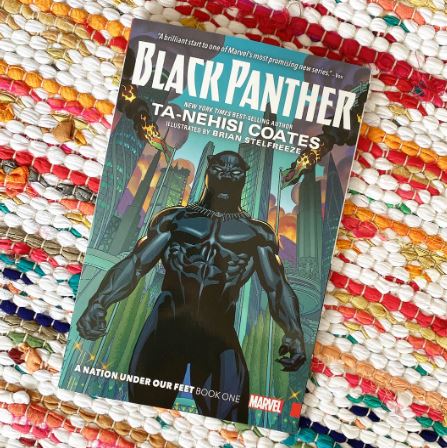
Photo courtesy of Anna Jankowski
Welcome back to another edition of Flip or Flick! For this week’s blog, I am discussing Ryan Coogler’s 2018 film Black Panther and the graphic novel Black Panther: A Nation Under Our Feet: Book One by Ta-Nehisi Coates and Brian Stelfreeze.
The graphic novel by award-winning author Ta-Nehisi Coates tells the story of King T’Challa navigating the politics of war-torn Wakanda where citizens have turned against the monarchy. Vigilantes and shaman leaders instigate chaos among the people and T’Challa struggles to face his own insecurities as a leader. The 2018 hit film by Marvel Studios stars the late Chadwick Boseman as King T’Challa. Ryan Coogler and Joe Robert Cole’s screenplay loosely follows some of the themes in the 2018 graphic novel, but largely tells a story all its own. Themes of loyalty, family, ethical political leadership, and colonialism are apparent in both stories but even more so in the film.
A key difference between the text and the film is that the main villain in the film Erik Killmonger (portrayed by Michael B. Jordan) is not in the novel. Instead, two shamans named Tetu and Zenzi are the characters who are instigating an uprising against the king. The female warrior tribe of the Dora Milaje is present in both adaptations, however, they are characterized very differently. It is important to note that Princess Shuri, the spunky younger sister of King T’Challa in the film, has died when the graphic novel begins. She is Queen Shuri, and her death seems to be one of T’Challa’s biggest regrets as King.
So, Flip or Flick?
FLICK! Chadwick Boseman’s performance in this film is absolutely captivating. Watching it after his passing gives new meaning to his regal words and the legacy he constructs on and offscreen. The eclectic graphic novel is powerful in its own right, but it simply does not pack the same emotional punch as Coogler’s adaptation. This film ushered in a new era for Marvel films with a more diverse cast and content. The story is incredibly engaging and deviates just enough from the typical superhero movie conventions to shock and inspire audiences. Vibrant colors and an incredible soundtrack produced by Kendrick Lamar bring this afro-futuristic film to life.
You can stream Black Panther today via Falvey Library using this link.
 Anna Jankowski ’23 CLAS is a Senior Communication Major from just outside Baltimore who works as a Communication & Marketing Assistant at Falvey Library.
Anna Jankowski ’23 CLAS is a Senior Communication Major from just outside Baltimore who works as a Communication & Marketing Assistant at Falvey Library.
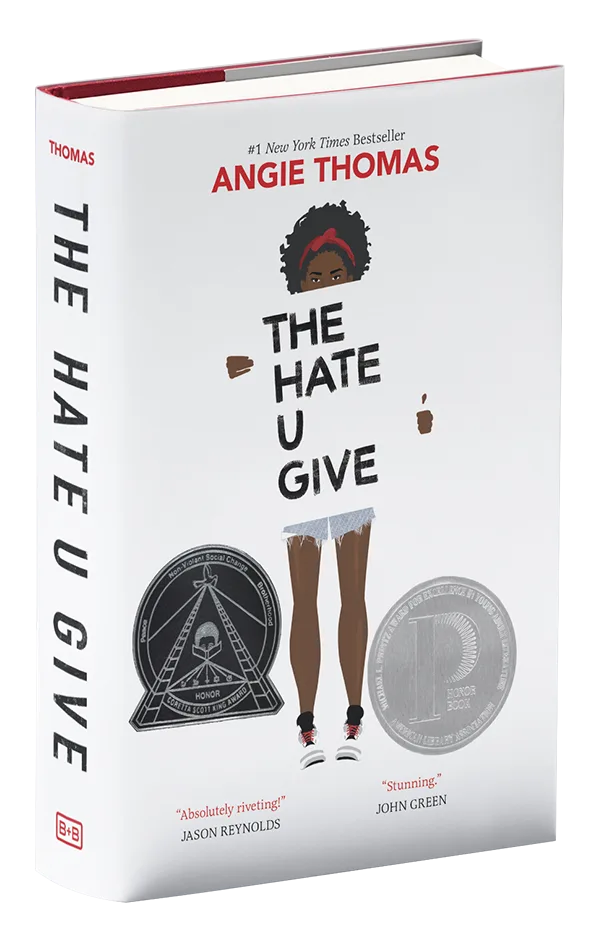
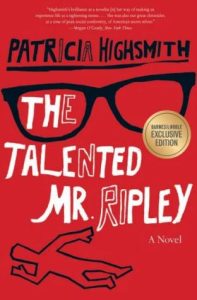 So, flip or flick? FLIP!
So, flip or flick? FLIP! Anna Jankowski ’23 CLAS is a Senior Communication Major from just outside Baltimore who works as a Communication & Marketing Assistant in Falvey.
Anna Jankowski ’23 CLAS is a Senior Communication Major from just outside Baltimore who works as a Communication & Marketing Assistant in Falvey.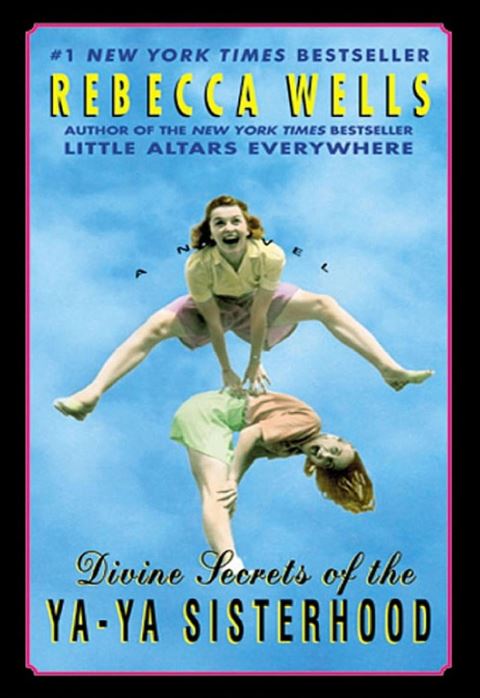
 This is the last Flip or Flick by Allie Reczek ’22 CLAS. She graduated with a BA in Psychology from Villanova University. Congratulations, Allie! Falvey Library wishes you all the best in your future endeavors. Rebecca Wells’ novel Divine Secrets of the Ya-Ya Sisterhood was published 26 years ago on May 22, 1996.
This is the last Flip or Flick by Allie Reczek ’22 CLAS. She graduated with a BA in Psychology from Villanova University. Congratulations, Allie! Falvey Library wishes you all the best in your future endeavors. Rebecca Wells’ novel Divine Secrets of the Ya-Ya Sisterhood was published 26 years ago on May 22, 1996.
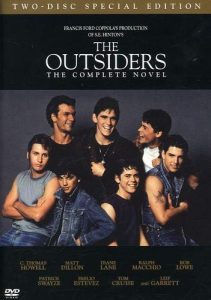 and their journey through life, where viewers get a visual glimpse into the lives of Ponyboy, Sodapop, Darry, Dally, Johnny, Two-Bit, and Steve. Because Coppola maintains the integrity and structure of the storyline, I did not feel that anything important was missing in the film and it only further enhanced the plot. While Ponyboy and the greasers may be the Outsiders in their world, this story is one that I feel everyone can relate to in some way. There comes a point in all our lives where we feel as if we don’t fit in or belong. The Outsiders proves that sometimes it is OK to be on the outside; it proves that as long as you have people who love you and are there for you through thick and thin, nothing else matters. Finally, we are reminded to stay optimistic and appreciate life, even when it may seem like nothing good will last. Even when dawn goes down to day, we ought to remember that the gold does in fact stay.
and their journey through life, where viewers get a visual glimpse into the lives of Ponyboy, Sodapop, Darry, Dally, Johnny, Two-Bit, and Steve. Because Coppola maintains the integrity and structure of the storyline, I did not feel that anything important was missing in the film and it only further enhanced the plot. While Ponyboy and the greasers may be the Outsiders in their world, this story is one that I feel everyone can relate to in some way. There comes a point in all our lives where we feel as if we don’t fit in or belong. The Outsiders proves that sometimes it is OK to be on the outside; it proves that as long as you have people who love you and are there for you through thick and thin, nothing else matters. Finally, we are reminded to stay optimistic and appreciate life, even when it may seem like nothing good will last. Even when dawn goes down to day, we ought to remember that the gold does in fact stay.

